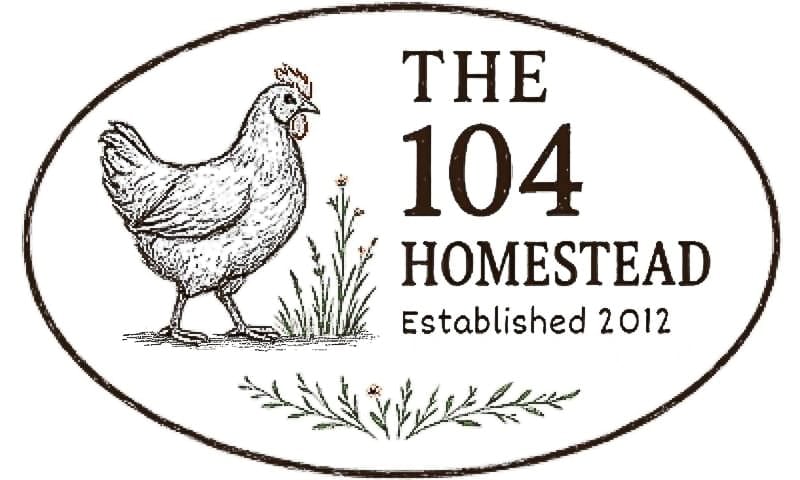Zero Waste Lifestyle for Homesteaders: Simple, Real-Life Shifts
Discover practical steps to start a zero waste lifestyle on your homestead—no guilt, no pressure, just real changes that make a difference.
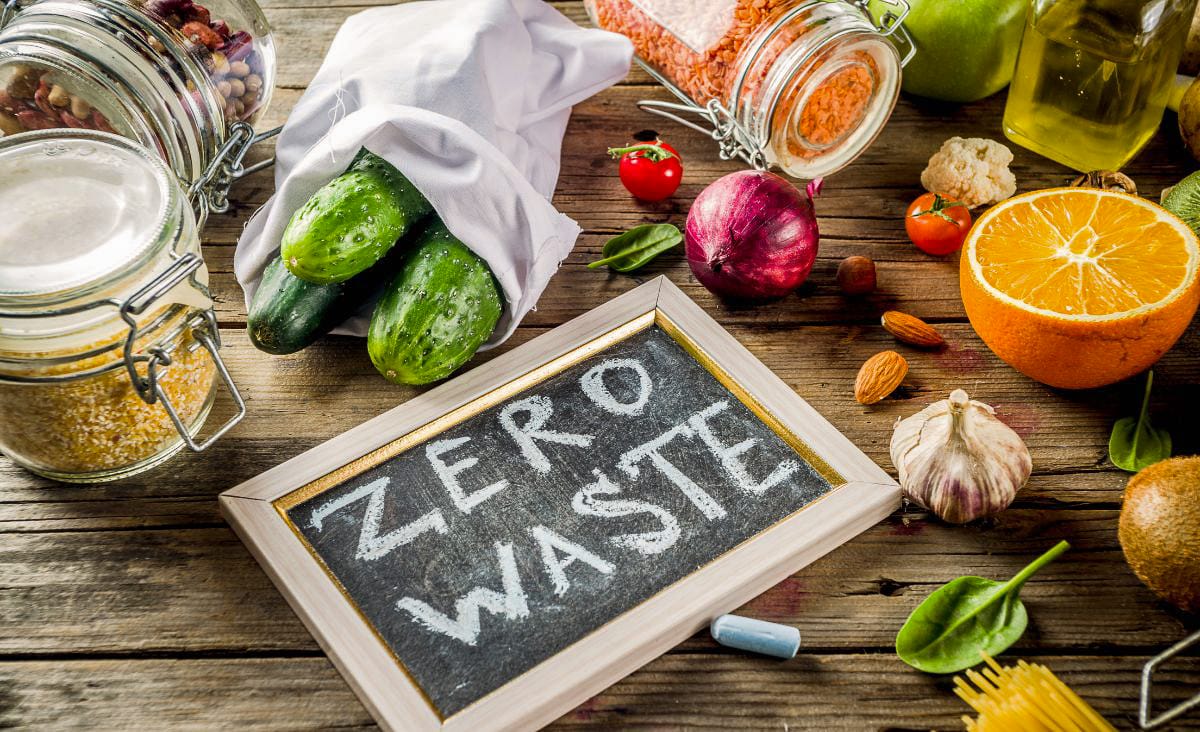
If you’ve ever looked around your trash can and wondered, “How did we end up throwing so much away?”—you’re not alone. The good news is that you don’t have to go off-grid or give up modern comforts to make a difference. A zero waste lifestyle isn’t about perfection. It’s about intentional choices that lead to a cleaner home, a simpler life, and a healthier planet.
Whether you’re already deep into your homesteading journey or just starting out, low waste living is one of the most impactful shifts you can make. In this post, I’ll walk you through what zero waste really means, how it fits beautifully with homesteading values, and simple steps you can take today to move toward a more waste free life.
What Is a Zero Waste Lifestyle?
Living zero waste means aiming to send as little as possible to landfills or incinerators. Instead of relying on recycling to handle our trash (which, let’s face it, doesn’t always get recycled), we rethink how we consume in the first place. It’s about reducing, reusing, composting, and making mindful swaps that help us avoid waste altogether.
It’s Not About Being Perfect
Zero waste living doesn’t require you to store all your trash from a year in a mason jar. It’s about progress, not perfection. Every swap, reuse, and homemade alternative makes a difference—and when you’re running a homestead, there are tons of built-in opportunities to cut down on waste without even realizing it.
Why Zero Waste and Homesteading Go Hand in Hand
If you’re growing your own food, raising animals, preserving the harvest, or making your own cleaning supplies, you’re already embracing aspects of a waste free lifestyle. Homesteading naturally leans toward resourcefulness and self-sufficiency—two key values behind zero waste living.
- Composting returns scraps to the soil instead of the trash.
- Reusing jars and containers keeps you from buying new plastic.
- Growing your own food eliminates plastic packaging altogether.
- DIY cleaning and body care products mean fewer single-use bottles and synthetic ingredients.
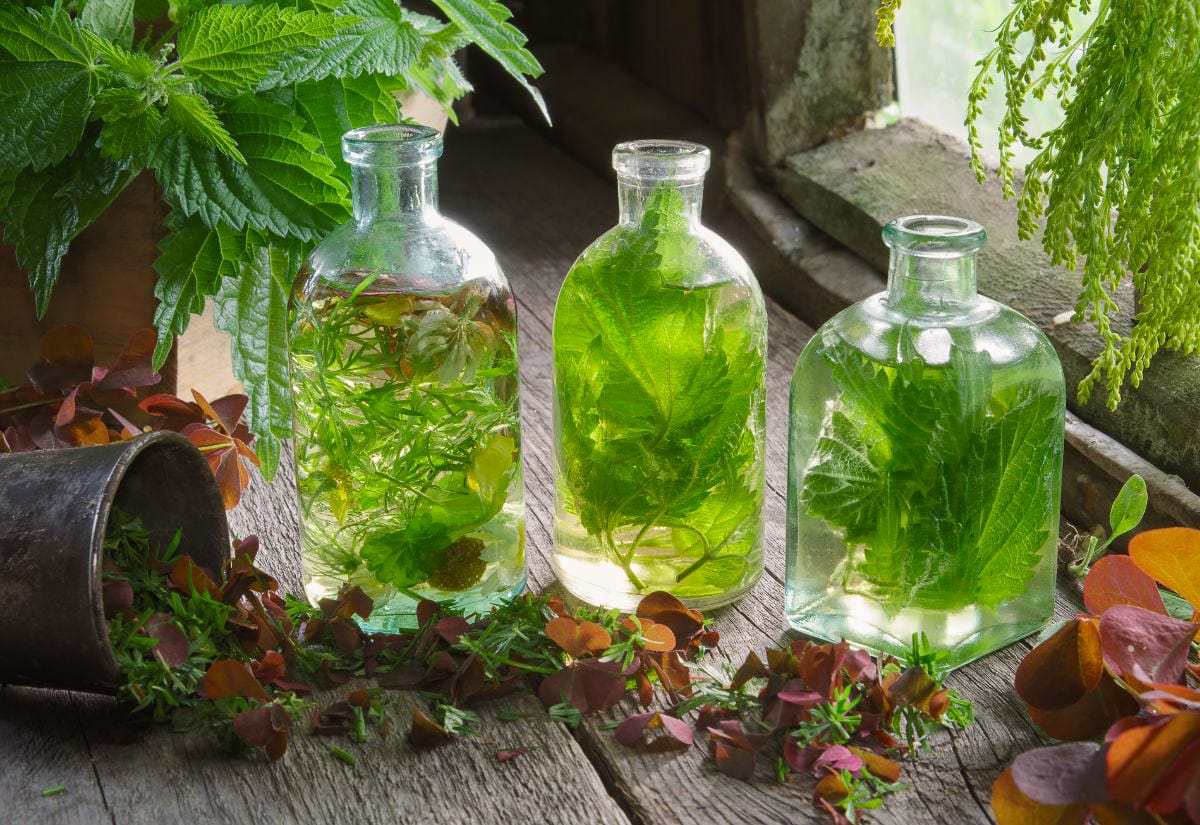
You don’t need a fancy system or a Pinterest-perfect pantry to start living with less waste. You just need a little awareness and a willingness to rethink your habits.
Simple Steps Toward a Zero Waste Homestead
The best way to start is small. Pick one area of your life and make a change. Here are some zero waste lifestyle examples that are easy to apply to everyday homesteading.
1. Reduce Kitchen Waste
Start with one of the busiest (and most waste-prone) areas of your home: the kitchen. These small changes add up quickly.
- Ditch paper towels for reusable cloths
- Use beeswax wraps or fabric bowl covers instead of plastic wrap
- Freeze leftovers in glass jars or silicone bags
- Shop in bulk when possible to avoid packaging
- Compost everything you can—fruit peels, eggshells, veggie scraps
2. Swap Out Single-Use Products
Single-use items are convenient, but they create a mountain of trash over time. These swaps are simple and sustainable.
- Switch to a safety razor instead of disposable ones
- Try bar soap and shampoo bars
- Use cloth napkins and handkerchiefs
- Carry a reusable water bottle and tote bag
3. Repurpose What You Already Have
You don’t need to buy anything new to start living zero waste. In fact, that kind of defeats the purpose.
- Turn old t-shirts into rags or produce bags
- Use empty jars for storage, fermentation, or even to-go drinks
- Upcycle worn-out sheets into garden row covers or cleaning cloths
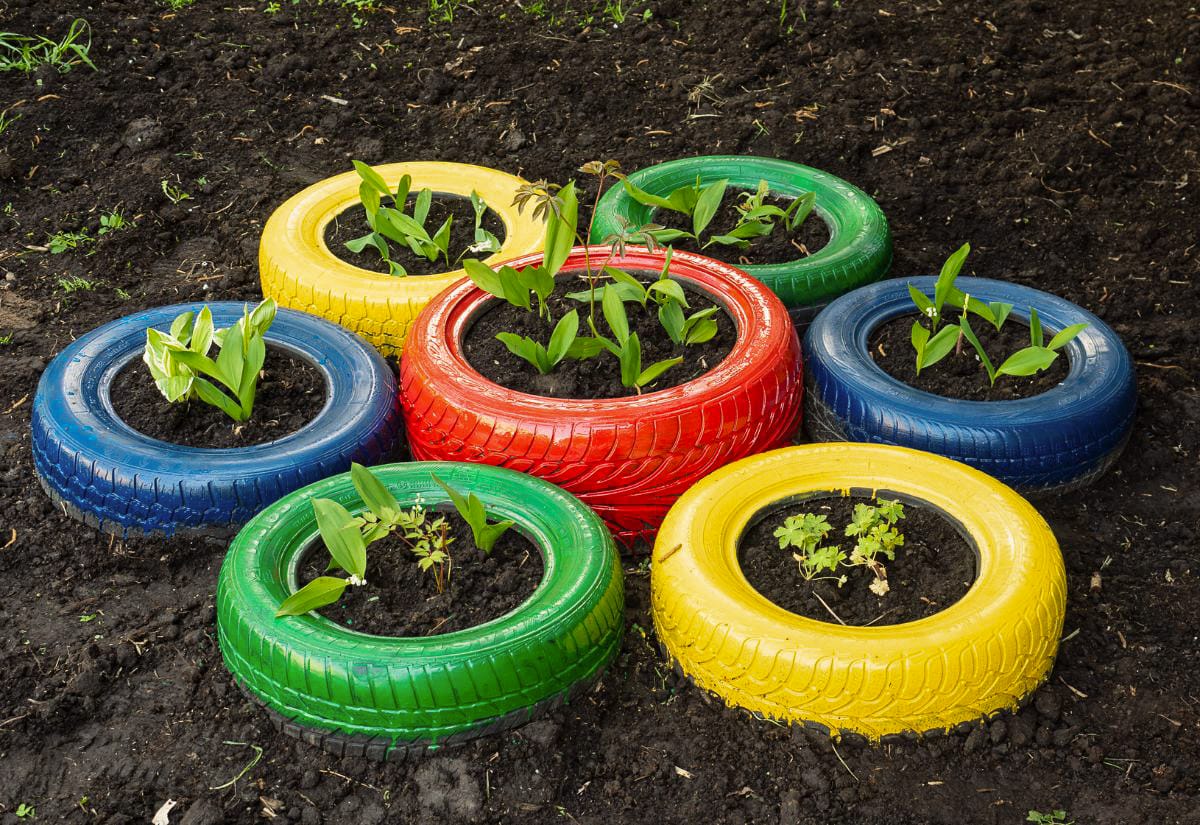
4. Make Your Own
Homemade alternatives reduce packaging waste and give you full control over the ingredients you bring into your home.
- Homemade cleaning products are simple and effective—white vinegar, baking soda, and lemon juice can handle most chores
- Try making your own lip balm, salve, or deodorant
- Grow herbs and dry them for tea, medicine, and cooking
A Note on the Mental Load
I want to be real with you: trying to go completely waste free overnight is overwhelming. I’ve been there, making endless lists of swaps, feeling guilty every time I threw something away. But I’ve learned that small, consistent changes are more powerful—and more sustainable—than a giant overhaul that leaves you burnt out.
So take it one step at a time. Notice what you throw away most often and start there. And remember, you don’t have to do it all at once.
Zero Waste Homesteading: Your Questions Answered
Start slow, start small—just don’t forget to pin!
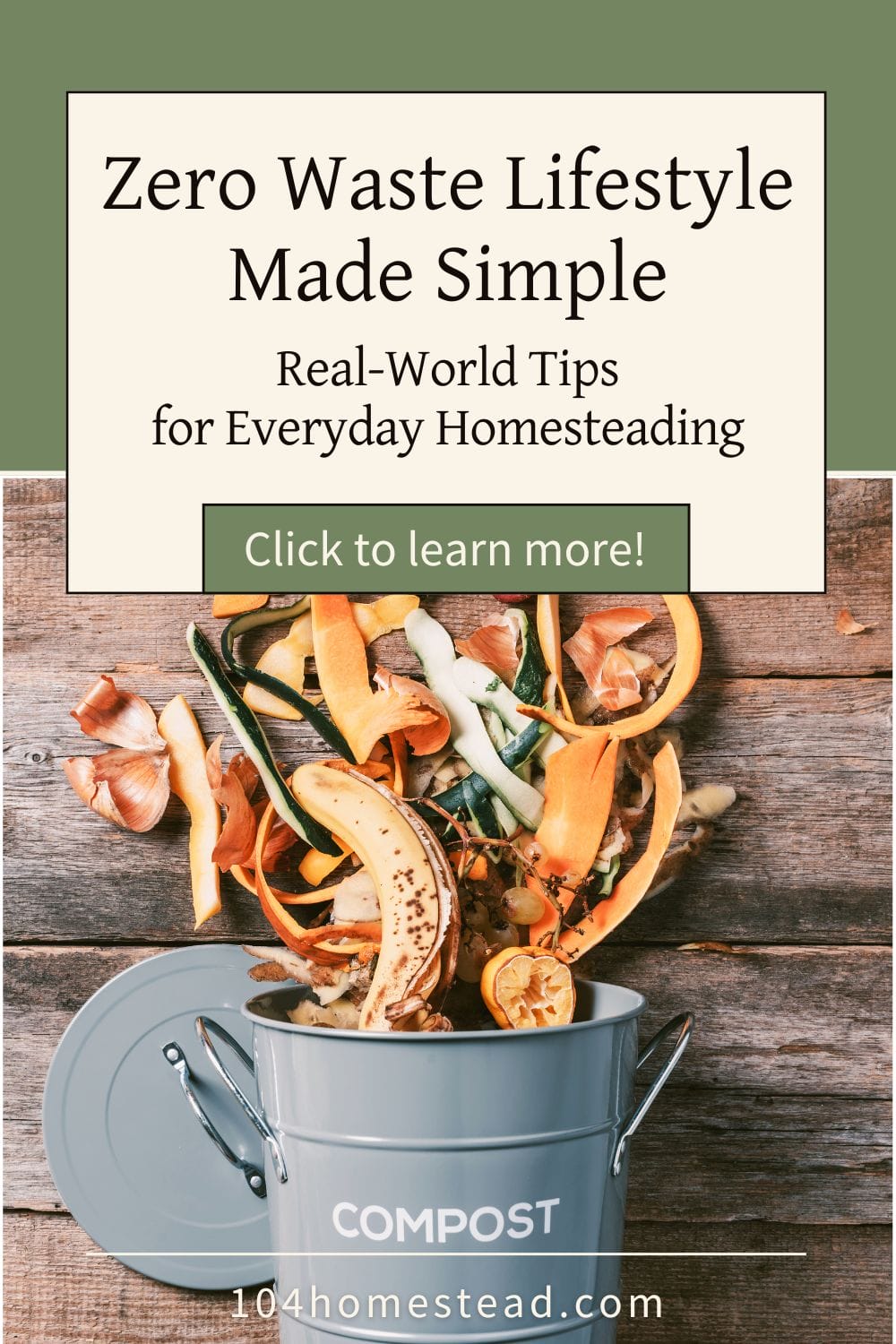
A zero waste lifestyle isn’t about deprivation—it’s about intention. And on the homestead, that intention shows up in the way we grow, cook, create, and care for the world around us.
Start small. Keep it simple. Celebrate your wins (even if they feel tiny). You’re not just reducing trash—you’re building a lifestyle that’s kinder to the earth and more rooted in what really matters.
What’s the first zero waste change you want to make on your homestead? Let me know in the comments—I’d love to cheer you on.
